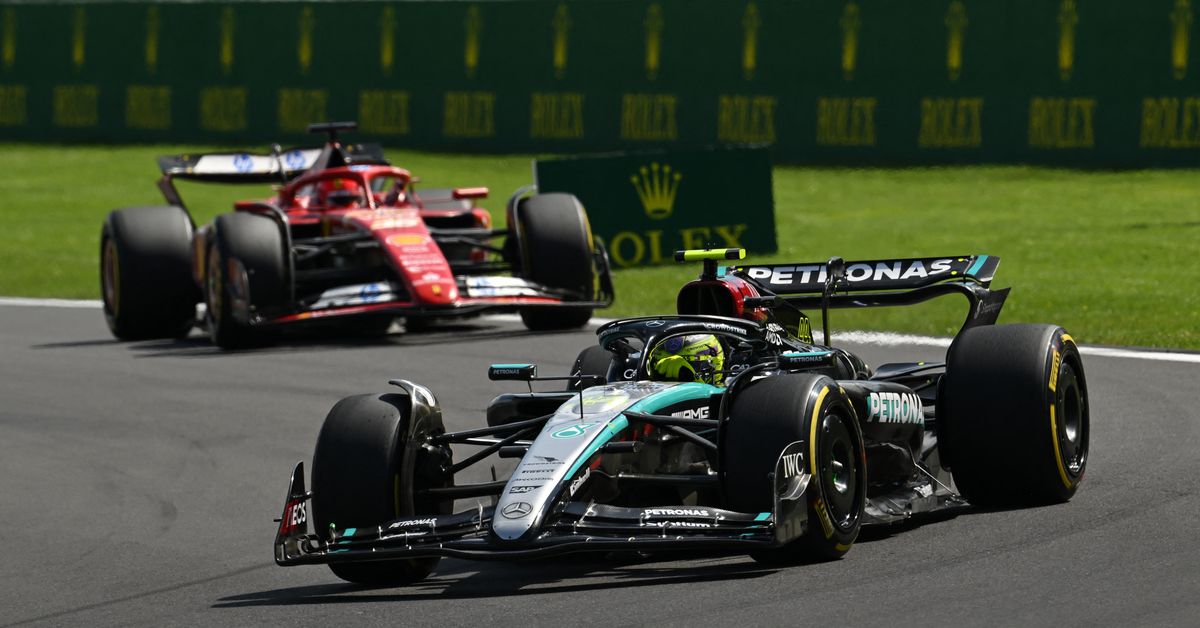Formula 1 is back.
With the summer shutdown now in the rear-view mirror, the grid returns to life this week with the 2024 Dutch Grand Prix. The final ten races will address several major storylines in the sport, from whether one of Red Bull’s rivals can truly catch them for the Constructors’ Championship to sorting out the final four seats vacant on the 2025 grid.
But one rule tweak that was implemented during the shutdown is sparking rampant speculation throughout the sport.
On July 31 the sport’s governing body issued an update to the F1 Technical Regulations. Specifically, the update addressed Article 11, which covers the braking system in the sport.
In Article 11.1.2, this language was added to the end of the section: “Any system or mechanism which can produce systematically or intentionally, asymmetric braking torques for a given axle is forbidden.”
This adjustment was officially approved and processed by the FIA World Motor Sport Council on July 31, meaning this weekend’s, Dutch Grand Prix is the first race in which they will come into effect.
Why is this change being made?
The current “ground effect” generation of F1 cars has been notable for their struggles to turn in low-speed corners. This problem of “understeering” could, theoretically, be offset by an asymmetrical braking system. In theory, such a system could divide the pressure between the inner and the outer wheels while cornering, allowing for stronger braking on the inner tire. The use of a valve splitter or another device to either automatically or via drive control redistribute the brake pressure from inside to outside would be such a system. This would improve cornering, and reduce understeering.
Of course, rule changes such as this one do not happen in a vacuum, and the F1 world is filled with rampant speculation regarding what team — or teams — might have prompted such a change. It is important to note that none of the “Car Presentation Submissions” released by the teams during each race week dating back to the Chinese Grand Prix reflect any such changes, and this weekend’s Dutch Grand Prix will be the first race this season with that new regulation in effect.
Some of the speculation looked at Red Bull as a team that might have been utilizing such a system, but team mechanic Calum Nicholas bluntly shot that down on social media during the shutdown, noting that he has been helping build the car all season long.
But if, during the week you hear a discussion of a change to the braking regulations and/or a discussion of “asymmetrical braking systems,” this is why.

